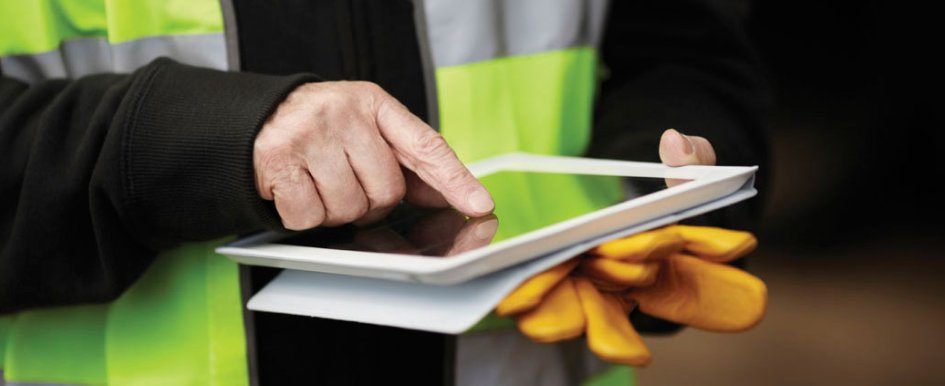
The recent preliminary Census of Fatal Occupational Injuries, conducted by the U.S. Bureau of Labor Statistics, revealed that in 2013, the number of fatal work injuries in the private construction sector stayed about the same as the year prior. However, the 796 fatal work injuries that did occur accounted for the highest number of fatal work injuries of any industry sector. Overall, the trend is improving, with construction fatalities down 36 percent since 2006. There's still more work to be done, though.
In 1969, Frank E. Bird Jr. conducted a study in which he observed industrial accidents. He established the ratio of 1:29:300; or one major injury occurs for every 29 minor injuries and for every 300 no-injury accidents. The investigation revealed that while major incidences are infrequent, there should be an increased effort to reduce the recurrent and less compromising events. Additionally, ConocoPhillips Marine performed another study that found for every fatality, there is a minimum of 300,000 at-risk behaviors. These studies reiterate the vast importance of every construction organization creating and maintaining a solid safety program.
Whether an employee is pushing for a speedy completion by taking shortcuts that compromise the safety of the team, or an experienced worker is overly confident and resists learning new ways to avoid injury, safety can never take a backseat. Continuously working to make safety a priority should be at the forefront of every firm's project plan.
Before implementing any type of mobile solution, it is important that companies set specific goals and expectations around safety. Every program takes time to ensure everyone is on the same page. Set goals and expectations for how your safety program will operate and host monthly educational trainings to review the top safety concerns. Create a plan to improve your program and stick to it. It is a good practice to evaluate the program on a regular basis, too.
Proper reporting is essential to bringing safety concerns to the attention of senior management. There are various free and paid mobile apps available that allow individuals to report safety issues and monitor situations, specifically related to ladder safety, heat stress, safe lifting and first aid.
What to Look For
Mobile safety solutions should consist of using a daily reporting solution that enables companies to document safety observations faster and with rich detail using voice, text, pictures and video reporting observations. In particular, the service should allow the entire project team to report potential issues. Having everyone participating in real-time communication raises safety awareness, reduces risk and helps avoid accidents on the job by allowing the safety team to get them corrected quickly.
Safety inspectors are dedicated to evaluating site conditions. However, they can't be everywhere at once. For instance, if a safety inspector has 10 projects, each project is without a safety inspector 90 percent of the time. While it is not possible to increase the number of inspectors on a jobsite, it is possible to increase the inspector base, and that means involving the entire team. The capability of having everyone actively participate in keeping your projects safe improves communication, understanding and awareness—all of which help avoid accidents on the job. Safety teams that are buoyed by everyone's participation will be able to correct deficiencies more quickly. Require the entire project team to stay aware and report potential issues. This will ultimately create a safer workplace.
To expand their safety inspector base, companies should also consider enhancing their mobile reporting solution with an anonymous tip line, which involves everyone on the project team in reporting safety observations, in addition to the safety inspectors. Benefits of using a mobile reporting app are listed below.
- Everyone actively participates in keeping your projects safe
- Improves communication and raises safety awareness
- Helps avoid accidents on the job
- Anonymous reports ensure more incidents get reported
Get Results
One example of a GC using a mobile safety service resulted in zero injuries and no OSHA violations in the projects where the technology was utilized. Additionally, that GC also recently received an award for his company's safety record as a result of using the safety application.
Construction companies can use mobile reporting to reduce legal liability risks as the system chronicles detailed events to counter false claims of negligence. Find an app that is easy to use and enables smartphone users on the jobsite to submit issues without requiring a lot of time, paperwork or team manpower.
